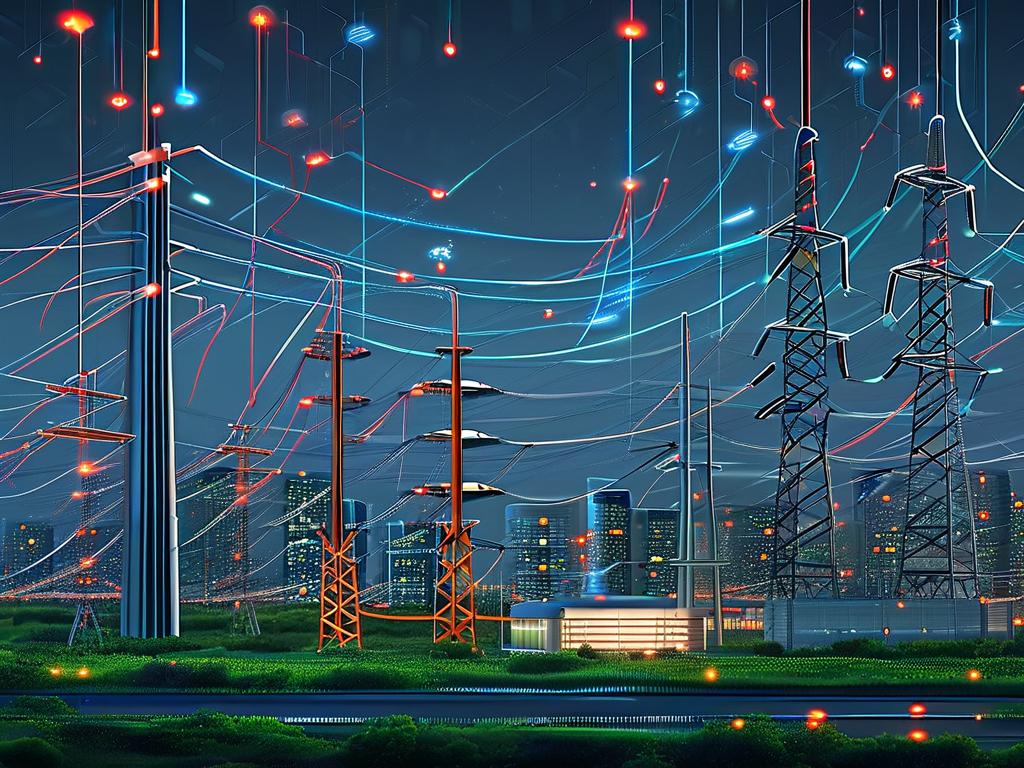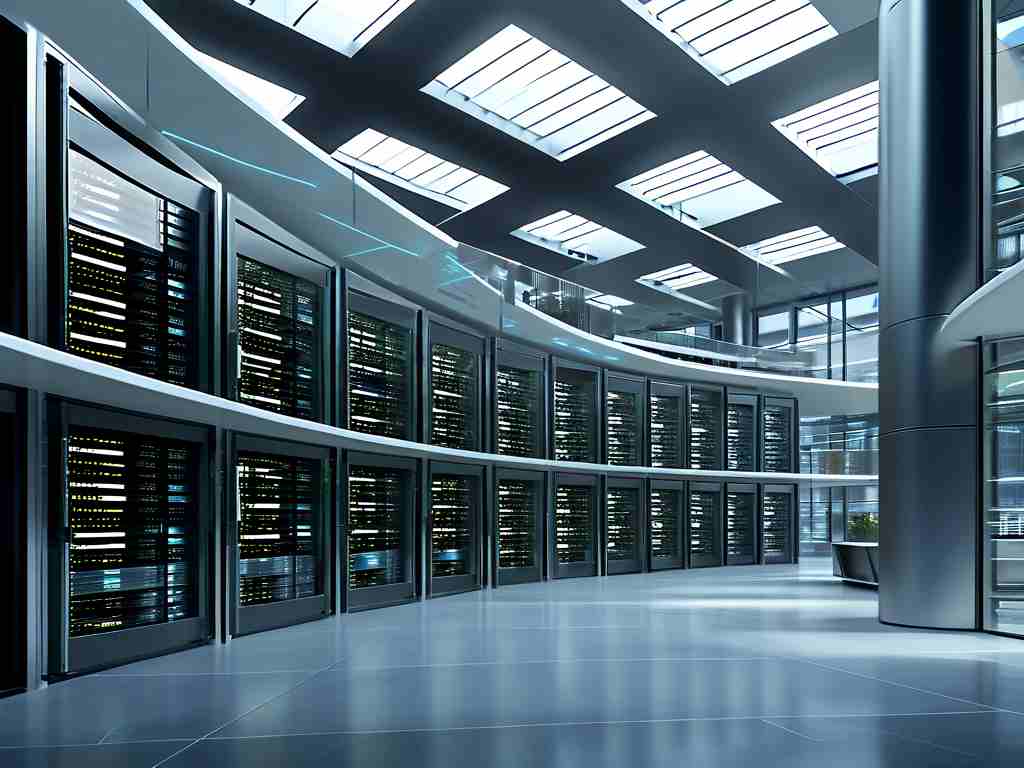In today’s rapidly evolving digital landscape, businesses and organizations face unprecedented demands for scalability, reliability, and performance. One of the most effective solutions to meet these challenges lies in adopting a distributed technology architecture. This approach decentralizes computing resources, enabling systems to handle complex workloads while maintaining flexibility. Below, we explore the core reasons driving its widespread adoption.

1. Scalability to Meet Growing Demands
Traditional monolithic architectures often struggle to scale efficiently. As user bases expand and data volumes surge, centralized systems risk bottlenecks, leading to latency or downtime. Distributed architectures, however, allow horizontal scaling by adding more nodes to the network. For example, cloud-based services like AWS or Google Cloud leverage distributed systems to dynamically allocate resources based on real-time demand. This elasticity ensures seamless performance even during traffic spikes, making it ideal for applications like e-commerce platforms or streaming services.

2. Enhanced Fault Tolerance and Reliability
In a centralized system, a single point of failure can cripple operations. Distributed architectures mitigate this risk by replicating data and services across multiple nodes. If one node fails, others seamlessly take over, ensuring uninterrupted service. Financial institutions, for instance, rely on distributed ledgers (blockchain) to prevent transactional errors and fraud. Similarly, content delivery networks (CDNs) use geographically dispersed servers to reduce latency and avoid outages caused by localized issues.
3. Optimized Performance Through Parallel Processing
Distributed systems excel at parallelizing tasks. By breaking down workloads into smaller sub-tasks and processing them concurrently across nodes, they significantly reduce execution time. Big data analytics platforms like Apache Hadoop leverage this capability to process petabytes of data efficiently. For real-time applications—such as IoT networks or autonomous vehicles—distributed architectures enable rapid decision-making by distributing computational loads closer to data sources.
4. Cost Efficiency and Resource Utilization
Centralized infrastructures often require expensive high-end hardware to handle peak loads, leading to underutilized resources during off-peak periods. Distributed systems, on the other hand, optimize resource allocation by pooling cheaper commodity hardware. Kubernetes, for example, automates container orchestration to maximize server utilization. This not only lowers capital expenditure but also aligns with sustainable practices by reducing energy waste.
5. Adaptability to Modern Technological Trends
Emerging technologies like edge computing, AI/ML, and 5G demand architectures that support decentralized data processing. Distributed systems facilitate edge computing by processing data at the source (e.g., smartphones or sensors), reducing reliance on centralized data centers. Similarly, machine learning models trained across distributed nodes can analyze larger datasets faster, improving accuracy. As 5G enables faster connectivity, distributed architectures will underpin innovations in smart cities and augmented reality.
Challenges and Considerations
While the benefits are compelling, implementing distributed systems requires careful planning. Challenges include ensuring data consistency across nodes (e.g., using consensus algorithms like Raft or Paxos), managing network latency, and securing communication between nodes. Tools like Apache Kafka for event streaming and Istio for service mesh management have emerged to address these complexities.
The shift toward distributed technology architecture is no longer optional but a strategic imperative. Its ability to scale, recover from failures, and support cutting-edge applications positions it as the backbone of modern IT infrastructure. As industries continue to digitize, organizations that embrace distributed systems will gain a competitive edge in agility, efficiency, and innovation.









